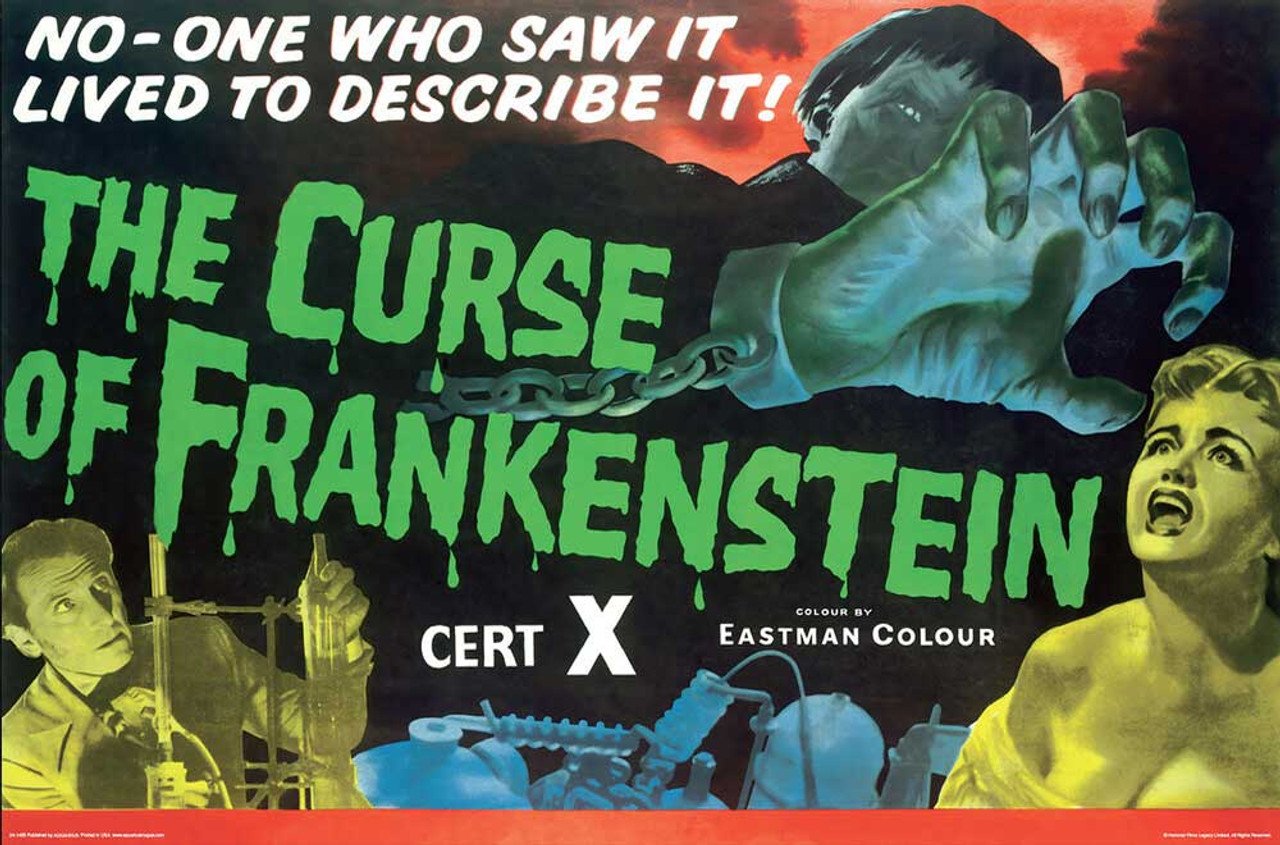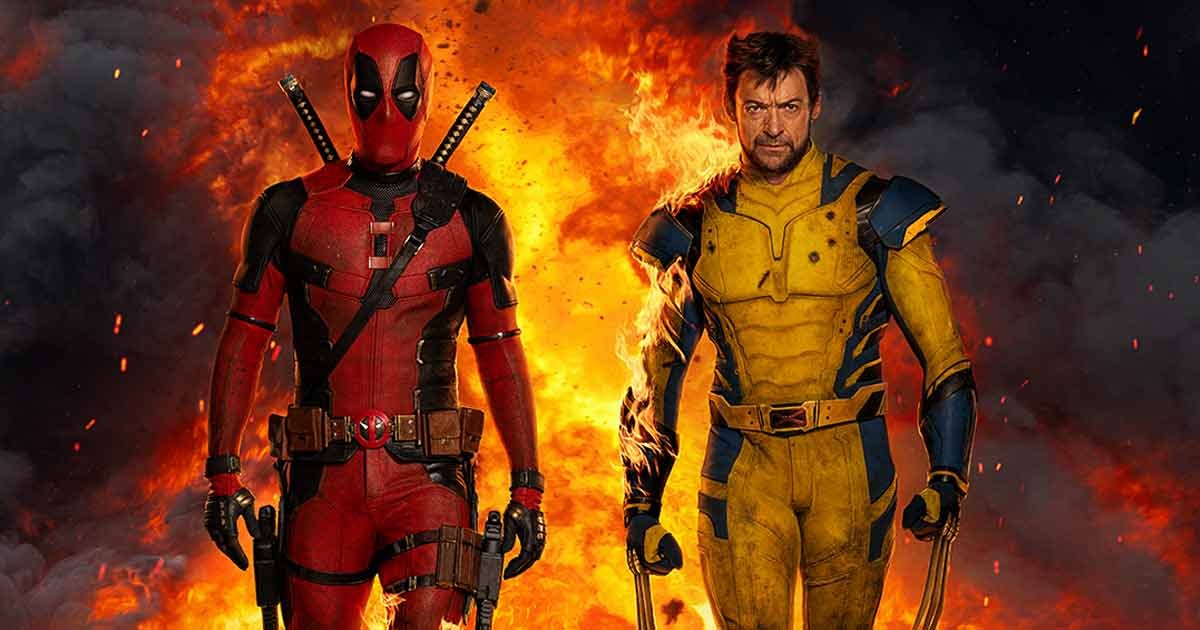The Hammer Horror Movie Poster for Frankenstein: A Cultural Icon
The Hammer Film Productions studio is synonymous with British horror cinema, renowned for its iconic adaptations of classic horror tales, particularly its Frankenstein films. Among these adaptations, the movie posters have become cultural icons in their own right, capturing the essence of the films and the horror genre as a whole. This article delves into the significance of the Hammer movie poster for Frankenstein, its artistic elements, and its lasting impact on popular culture.
The Rise of Hammer Horror
Founded in 1934, Hammer Film Productions gained prominence in the 1950s and 1960s for its innovative approach to horror. With bold storytelling, lavish production values, and a distinctive style, Hammer revitalized classic horror tales. The studio’s adaptation of Mary Shelley’s Frankenstein, titled The Curse of Frankenstein (1957), marked a significant turning point in horror cinema and set the stage for future adaptations.
A New Take on an Old Tale
The Curse of Frankenstein presented a unique interpretation of Mary Shelley’s classic novel, focusing on the relationship between Victor Frankenstein and his creature. The film featured a blend of horror, drama, and dark humor, establishing a new narrative style that would influence future horror films. With innovative special effects and compelling performances—particularly from Peter Cushing as Victor Frankenstein and Christopher Lee as the Creature—the film redefined the Frankenstein mythos for a new generation.
The Iconic Movie Poster
The poster for The Curse of Frankenstein is a striking representation of the film and has become emblematic of the Hammer horror brand. Designed by artist and illustrator, it captures the film’s essence through its vivid imagery and bold typography.
Artistic Elements
- Visual Composition: The poster typically features a central image of Frankenstein’s Creature, portrayed in a dramatic pose. His expression is both haunting and tragic, reflecting the inner turmoil of the character. Surrounding him are images of Victor Frankenstein, creating a visual narrative that encapsulates their complex relationship.
- Color Palette: Hammer’s Frankenstein posters often utilize bold colors, such as deep reds and blacks, evoking feelings of horror and tension. These colors are complemented by stark contrasts, enhancing the dramatic impact of the visuals. The use of red not only symbolizes blood and violence but also evokes the emotional intensity of the story.
- Typography: The font used for the title is usually bold and angular, reflecting the monstrous nature of the film’s subject matter. The tagline often emphasizes the horror elements, enticing viewers with promises of thrills and chills. For example, the original tagline, “The Monster That Was… More Than A Man!” instantly grabs attention and sets the tone for the film.
Cultural Significance
The Curse of Frankenstein poster transcends mere advertising; it has become a cultural artifact. It represents the beginning of a new era in horror films, where graphic depictions and bold storytelling attracted audiences. The poster’s striking imagery helped establish Hammer Film Productions as a leader in the horror genre, contributing to the studio’s legacy and enduring popularity.
The Impact on Horror Film Marketing
The Hammer movie poster for Frankenstein significantly influenced how horror films were marketed.
Setting the Standard
Hammer’s approach to movie posters established a standard for visual storytelling in film marketing. The emphasis on striking imagery and bold design elements became a blueprint for future horror films, with many studios adopting similar strategies. The posters often featured tantalizing visuals that promised thrills, leading to the rise of the “shock poster” genre in horror marketing.
Collectibility and Nostalgia
Today, the original Hammer Frankenstein posters are highly sought after by collectors and fans of vintage cinema. Their nostalgic value and artistic quality make them prized possessions for those who appreciate the history of horror films. Auction houses and memorabilia fairs often feature these posters, commanding high prices due to their iconic status.
Legacy of Hammer’s Frankenstein
The impact of Hammer’s Frankenstein films and their posters extends beyond their original release.
Influencing Future Films
The stylistic elements and narrative approaches of Hammer’s adaptations have inspired countless filmmakers in the horror genre. The posters have also played a role in shaping the visual language of horror cinema, influencing how filmmakers and marketers present their stories to audiences.
Resurgence of Interest
In recent years, there has been a resurgence of interest in classic horror films, including those produced by Hammer. Film festivals, retrospectives, and special screenings often highlight these films, introducing new audiences to their significance. The iconic posters serve as a gateway to this cinematic legacy, drawing viewers into the world of Hammer horror.
Conclusion
The Hammer movie poster for Frankenstein is more than just a promotional tool; it is a cultural icon that embodies the spirit of horror cinema. With its striking imagery, bold colors, and compelling design, the poster captures the essence of the film and its characters while leaving an indelible mark on the horror genre. As Hammer Film Productions continues to influence filmmakers and captivate audiences, the legacy of its Frankenstein posters remains a testament to the enduring power of visual storytelling in cinema. The iconic imagery continues to evoke a sense of nostalgia and fascination, ensuring that the legacy of Frankenstein lives on in the hearts of horror fans worldwide.














Post Comment